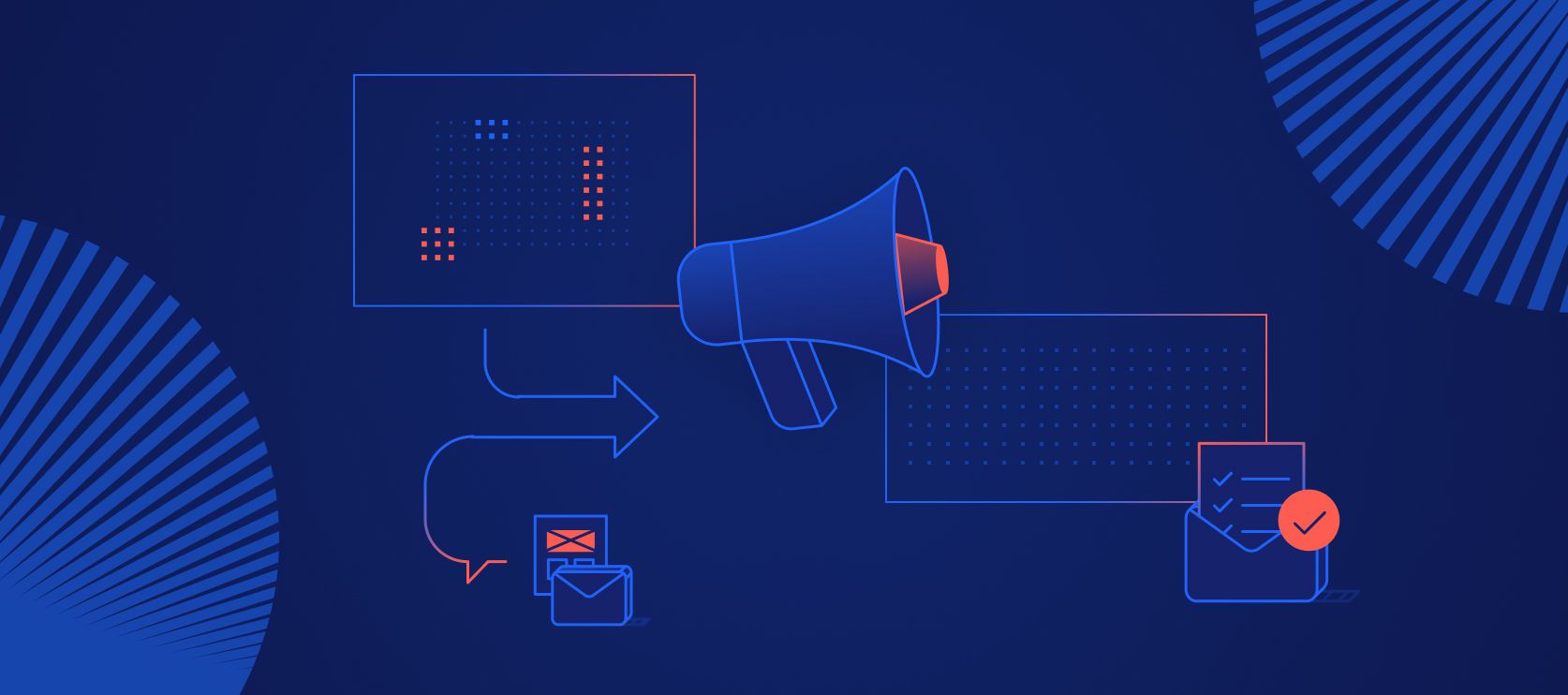Discover 2023's Top 10 Webfonts for Unbeatable Legibility & Style

Discover 2023’s Top 10 Webfonts for Unbeatable Legibility & Style
Unveiling the Top 10 Webfonts of 2023
Supercharge your online presence through the perfect font selection.
A Brief Expedition Through the History of Webfonts
With roots dating back to Microsoft’s introduction of 10 basic fonts for websites, today’s web typography has grown into an expansive collection that bolsters web design and readability, thanks to platforms like Adobe Typekit and Google Fonts.
Five Years of Sans-Serif Dominance
From 2015-2020, legible, geometric sans-serif gained favor. Perfect for responsive web design, they played into the trend of a device-agnostic approach.
2023’s Premier Webfonts – Marrying Style and Practicality
The top fonts in use this year are admired for their striking balance of design, clarity, and accessibility. Here are the top 10:
-
Inter: A highly legible, multi-purpose sans-serif typeface, perfect for all text types with superb adaptability.
-
Roboto: Google’s own creation boasting modern elegance for excellent readability.
-
IBM Plex: Sans-serif, serif, or monospaced, this typeface offers options for every purpose.
-
Fjalla One: For bold, attention-grabbing headlines, look no further than this condensed sans-serif.
-
Source Serif Pro: Adobe’s classic serif for unparalleled legibility in body text, headers, or captions.
-
Lora: This modern, balanced serif font offers optimal comfort for readers, suitable for both body text and headings.
-
Merriweather: Ideal for extensive content, this readable serif encourages effortless reading over long durations.
-
Nunito: A playful rounding of the edges gives this sans-serif font a friendly face for all text types.
-
Poppins: A geometric sans-serif for a chic and clean impression in titles and user interfaces.
-
JetBrains Mono: With developers in mind, this monospaced font reduces eye strain and improves readability in code.
Choose a font aligned with your project’s objectives and target audience, prioritizing accessibility and readability to offer a seamless user journey.





